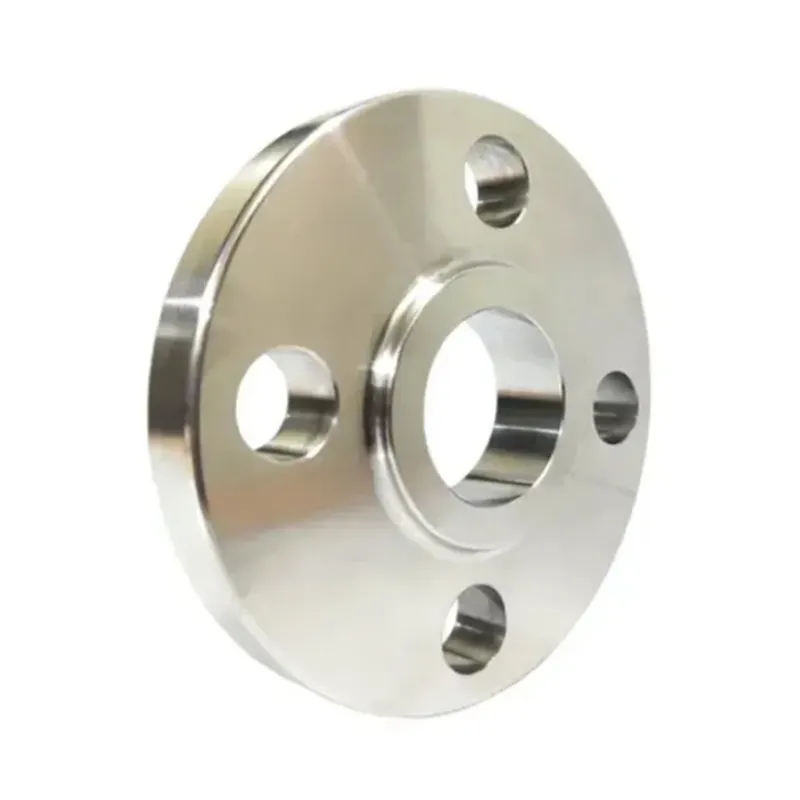-
Cangzhou Yulong Steel Co., Ltd.
-
Phone:
+86 13303177267 -
Email:
admin@ylsteelfittings.com
- English
- Arabic
- Italian
- Spanish
- Portuguese
- German
- kazakh
- Persian
- Greek
- French
- Russian
- Polish
- Thai
- Indonesian
- Vietnamese
- Zulu
- Korean
- Uzbek
- Hindi
- Serbian
- Malay
- Ukrainian
- Gujarati
- Haitian Creole
- hausa
- hawaiian
- Hebrew
- Miao
- Hungarian
- Icelandic
- igbo
- irish
- Japanese
- Javanese
- Kannada
- Khmer
- Rwandese
- Afrikaans
- Albanian
- Amharic
- Armenian
- Azerbaijani
- Basque
- Belarusian
- Bengali
- Bosnian
- Bulgarian
- Catalan
- Cebuano
- China
- China (Taiwan)
- Corsican
- Croatian
- Czech
- Danish
- Esperanto
- Estonian
- Finnish
- Frisian
- Galician
- Georgian
- Kurdish
- Kyrgyz
- Lao
- Latin
- Latvian
- Lithuanian
- Luxembourgish
- Macedonian
- Malgashi
- Malayalam
- Maltese
- Maori
- Marathi
- Mongolian
- Myanmar
- Nepali
- Norwegian
- Norwegian
- Occitan
- Pashto
- Dutch
- Punjabi
- Romanian
- Samoan
- Scottish Gaelic
- Sesotho
- Shona
- Sindhi
- Sinhala
- Slovak
- Slovenian
- Somali
- Sundanese
- Swahili
- Swedish
- Tagalog
- Tajik
- Tamil
- Tatar
- Telugu
- Turkish
- Turkmen
- Urdu
- Uighur
- Welsh
- Bantu
- Yiddish
- Yoruba

Nov . 18, 2024 12:25 Back to list
Understanding SCH 40 Flange Specifications for Optimal Pipe Joining Solutions
Understanding SCH 40 Flange A Comprehensive Overview
In the vast realm of piping systems, flanges play a critical role in joining pipes, valves, pumps, and other equipment to create a fluid-tight seal. One of the most commonly used types of flanges is the SCH 40 flange, primarily found in applications that require a balance of strength, durability, and cost-effectiveness.
What is SCH 40?
The term SCH 40 refers to a specific schedule designation for pipes, which indicates the wall thickness relative to the pipe diameter. In the case of SCH 40, it is commonly associated with both PVC (polyvinyl chloride) and carbon steel pipes used in various industries, including plumbing, chemical processing, and construction. The schedule number indicates the pressure rating and wall thickness of the pipe, with SCH 40 being suitable for low to medium pressure applications.
Design and Features of SCH 40 Flanges
SCH 40 flanges are typically made from materials like carbon steel, stainless steel, or PVC, depending on the requirements of the application. They are designed to easily connect with SCH 40 pipes, ensuring a secure and reliable joint. The most common types of SCH 40 flanges include weld neck, slip-on, blind, and threaded flanges, each offering unique benefits suited to different operational conditions.
1. Weld Neck Flange This type connects to the pipe through welding and is ideal for high-pressure applications due to its elongated neck that provides stress distribution. 2. Slip-On Flange Easiest to install, this flange slips over the pipe and is welded on both sides, making it suitable for lower pressure applications.
3. Blind Flange Used to seal the end of a piping system, blind flanges provide access for maintenance, allowing for effective system management.
sch 40 flange

4. Threaded Flange These flanges are attached to pipes using threads, which makes them a preferred choice for DIY projects and temporary connections.
Applications of SCH 40 Flanges
SCH 40 flanges are versatile and widely used across various sectors. In the plumbing industry, they are utilized in residential water supply systems. In industrial settings, they can be found in chemical processing plants where fluids must be transported under controlled pressure. Moreover, they play a vital role in HVAC systems, oil and gas industries, and municipal water systems.
Advantages of Using SCH 40 Flanges
One of the primary advantages of SCH 40 flanges is their ability to provide a reliable seal under varying pressure conditions without the need for excessive reinforcement. Their ease of installation, along with compatibility with a range of piping materials, makes them a go-to choice for engineers and contractors alike. Additionally, the availability of standardized sizes and ratings simplifies procurement and inventory management.
Conclusion
In conclusion, SCH 40 flanges are essential components in modern piping systems, offering remarkable versatility, reliability, and strength. Whether in residential plumbing, industrial applications, or HVAC systems, they help ensure the safe and efficient transportation of fluids. Understanding the significance and functionality of SCH 40 flanges allows engineers and construction professionals to make informed decisions, leading to enhanced safety and performance in their projects. As industries continue to evolve, the relevance of SCH 40 flanges remains a cornerstone in the construction of robust and efficient piping systems.
Latest news
-
ANSI 150P SS304 SO FLANGE
NewsFeb.14,2025
-
ASTM A333GR6 STEEL PIPE
NewsJan.20,2025
-
ANSI B16.5 WELDING NECK FLANGE
NewsJan.15,2026
-
ANSI B16.5 SLIP-ON FLANGE
NewsApr.19,2024
-
SABS 1123 FLANGE
NewsJan.15,2025
-
DIN86044 PLATE FLANGE
NewsApr.19,2024
-
DIN2527 BLIND FLANGE
NewsApr.12,2024
-
JIS B2311 Butt-Welding Fittings LR/SR 45°/90° /180°Seamless/Weld
NewsApr.23,2024











